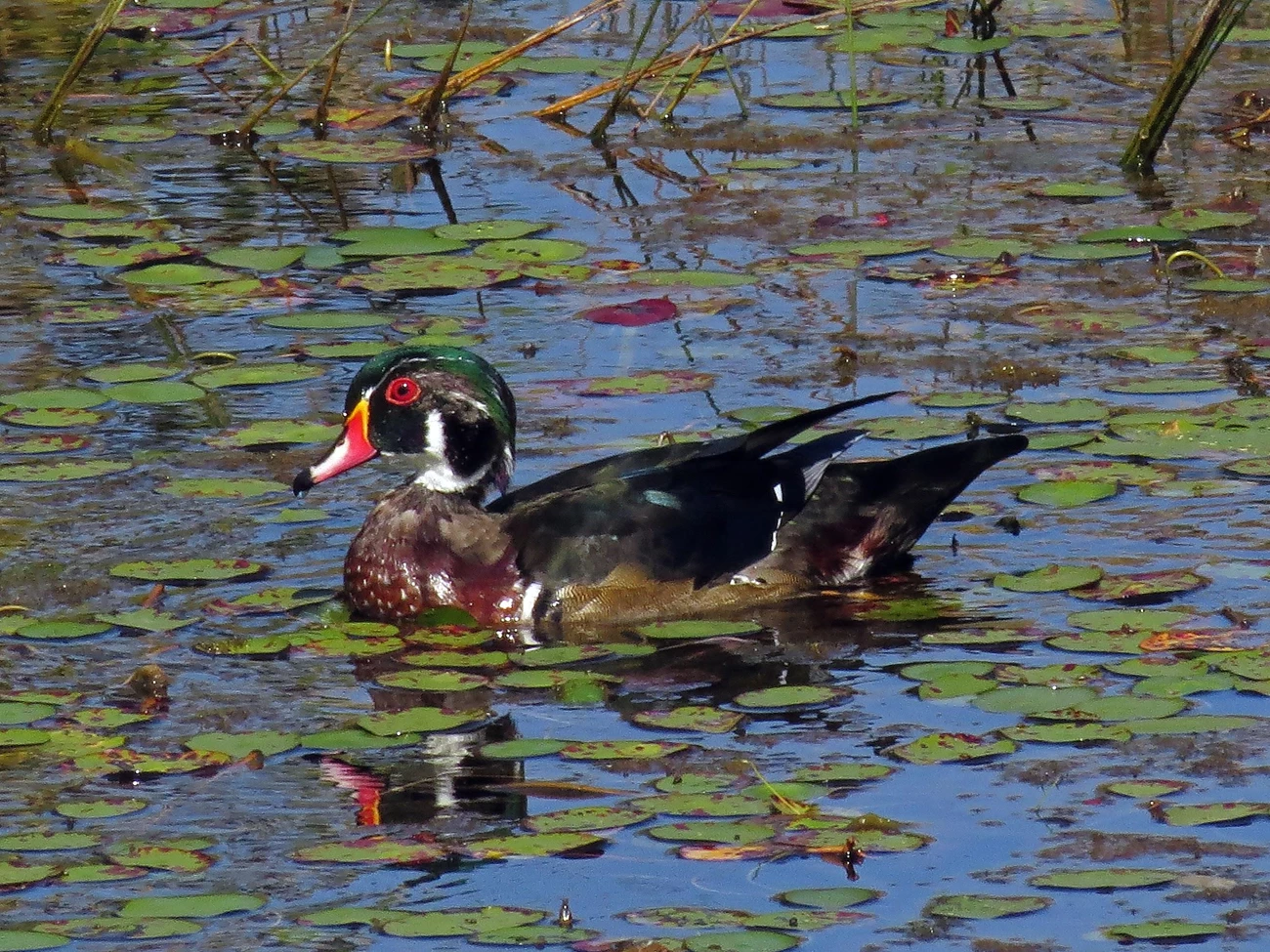Last updated: February 7, 2019
Article
Study of Wild and Scenic Rivers in New England: Nashua, Wood-Pawcatuck, and York Rivers
Not only did 2018 mark the 50th Anniversary of the Wild and Scenic Rivers Act, it also saw three rivers move closer to possible inclusion as Partnership Wild and Scenic Rivers into the National Wild and Scenic Rivers System. The Nashua River (Massachusetts and New Hampshire), Wood-Pawcatuck Rivers (Rhode Island and Connecticut), and York River (Maine) were all authorized by Congress for study as Wild and Scenic Rivers in 2014 under Public Law 113-291. This year the three rivers wrapped up their three year study processes, and the riverfront communities unanimously voted in favor of Wild and Scenic Designation. In the next steps toward Wild and Scenic designation, legislation for each of the rivers is introduced to both the Senate and the House, and designation is achieved when the bills are enacted by Congress and signed by the president.
Nashua River
The Nashua River and its major tributaries, the Squannacook and Nissitissit Rivers boast outstanding natural, recreational, scenic, historic and cultural resources. The rivers host biologically diverse ecosystems with several priority natural communities and rare species including bogs and floodplain forests. The history and revitalization of the Nashua River has received national and international acclaim. Industrial development in the cities along the river came at a price; by the 1960s the Nashua River was one of the ten most polluted rivers in the country. However, thanks to the tireless work of Marion Stoddart and other concerned citizens, the revitalization of the Nashua River was made possible. The rivers also afford access for paddlers and anglers of all skill levels to enjoy the recreational and scenic resources. In Spring 2018, all eleven study river towns voted via town meeting to approve the Stewardship Plan and Wild and Scenic designation.

Wood-Pawcatuck Rivers
All seven rivers in the Wood-Pawcatuck watershed – the Beaver, Chipuxet, Green Fall-Ashaway, Pawcatuck, Queen Usquepaugh, Shunock and Wood Rivers – were deemed to have many outstanding values that made them eligible for the Partnership Wild and Scenic Rivers Program. Among these are: unique geology and hydrology, due to the Charlestown Moraine; outstanding habit associated with the many wetlands and small headwater streams of the rivers; exemplary pre-European and early American historical artifacts; and excellent recreational opportunities. These rivers are especially important because they are close to major population centers of southern New England and provide large expanses of open space and recreation. The Study Committee completed its Stewardship Plan in June 2018 and that same month also secured resolutions from all twelve watershed towns to support Wild and Scenic designation.

York River
The converging saltwater and freshwater ecosystems of the York River are home to one of the least disturbed and most biologically diverse coastal drainages in the Gulf of Maine. Salt marshes surrounding the York River and its tributaries provide excellent habitat for priority anadromous fish species, and the surrounding estuary serves as an important roosting and feeding area for tidal wading birds and waterfowl. The abundant natural resources of the York River have sustained persistent human settlement from pre-European contact Native Americans to today. The area is home to many river-related Native American and colonial archaeologic sites, historic dam and mill sites dating back to the 1630s, and nationally significant historic buildings and districts that are important to the identity and culture of the New England region. Despite some late and vocal opposition to a York River Wild and Scenic designation, all four study river towns voted enthusiastically via ballot measure or Town Council vote to endorse the York River Stewardship Plan and Wild and Scenic designation.

Possible Designation
All 27 towns on the three study rivers unanimously voted in favor of the local river Stewardship Plans and Wild and Scenic designation. This public endorsement for designation by the local communities will support the suitability findings for the river by the National Park Service (NPS) and local study teams. All three of the study rivers are deemed eligible and suitable by the NPS for designation as Partnership Wild and Scenic Rivers. The NPS is currently writing a study report for each river that will summarize the findings of the three year studies and will be presented to Congress for its consideration. Separate bills have been introduced to Congress to designate the Nashua and Wood-Pawcatuck, and a bill to designate the York River is soon to follow. With the support of the local river communities and Congressional approval, these three rivers could soon be part of the National Wild and Scenic Rivers System. After a milestone anniversary year for the Wild and Scenic Rivers System, the Nashua, Wood-Pawcatuck, and York Rivers would be great additions to help celebrate the achievements of the past 50 years and to inspire the future of river conservation.
